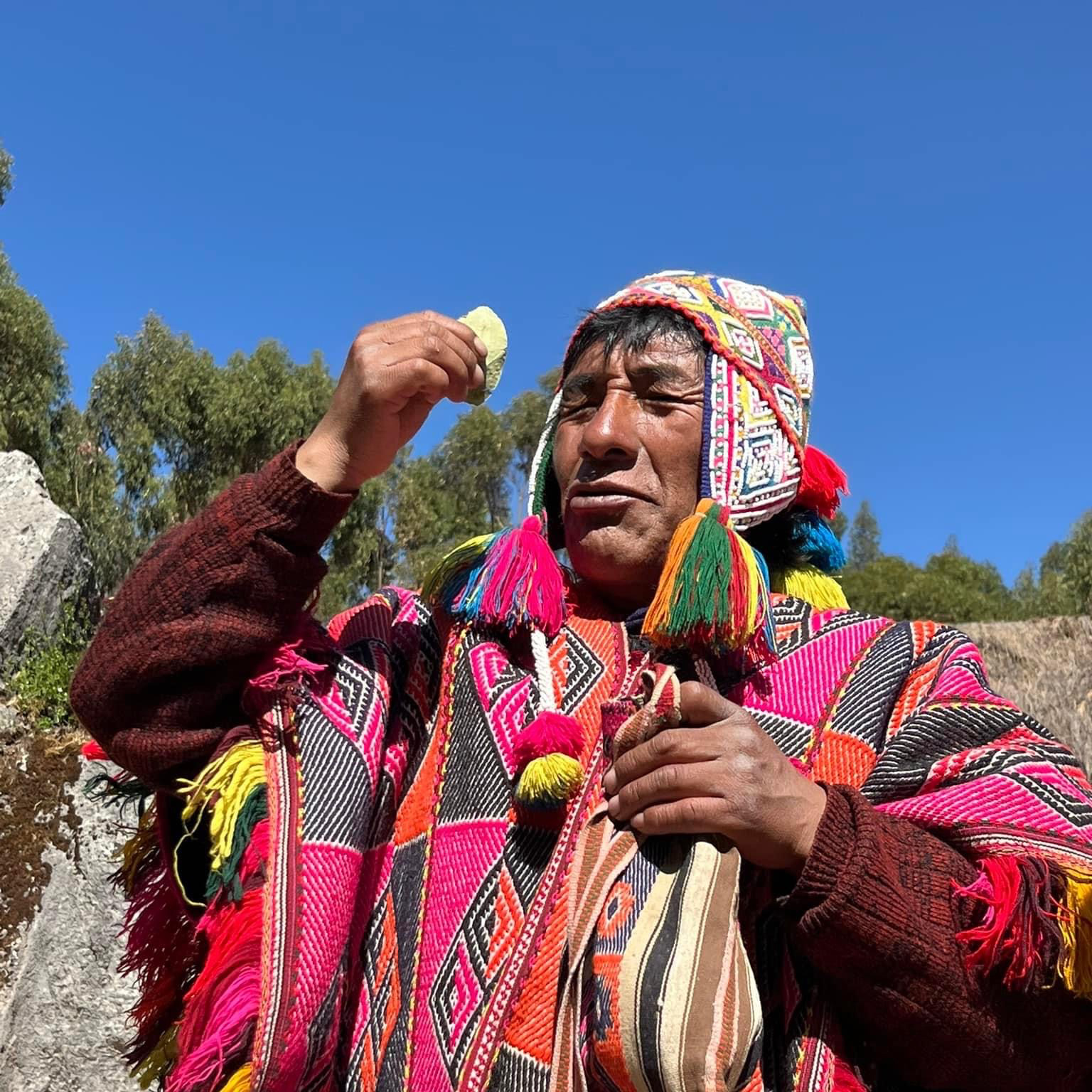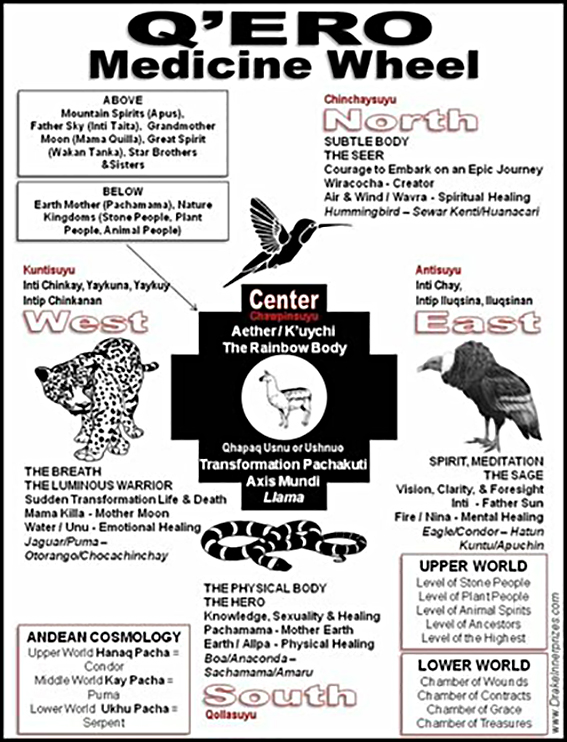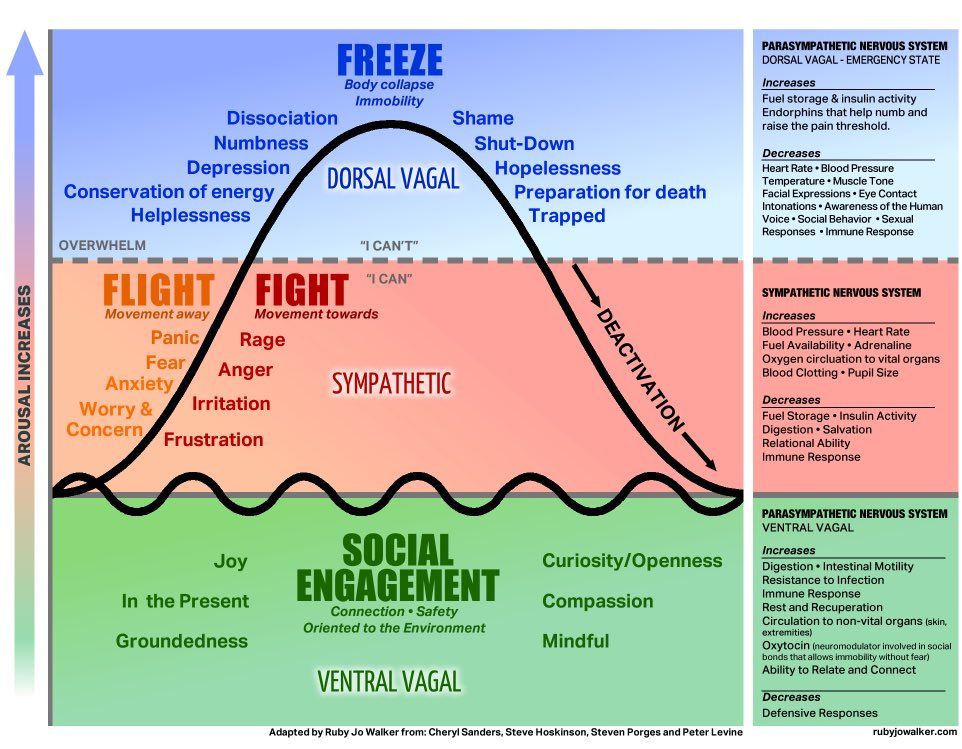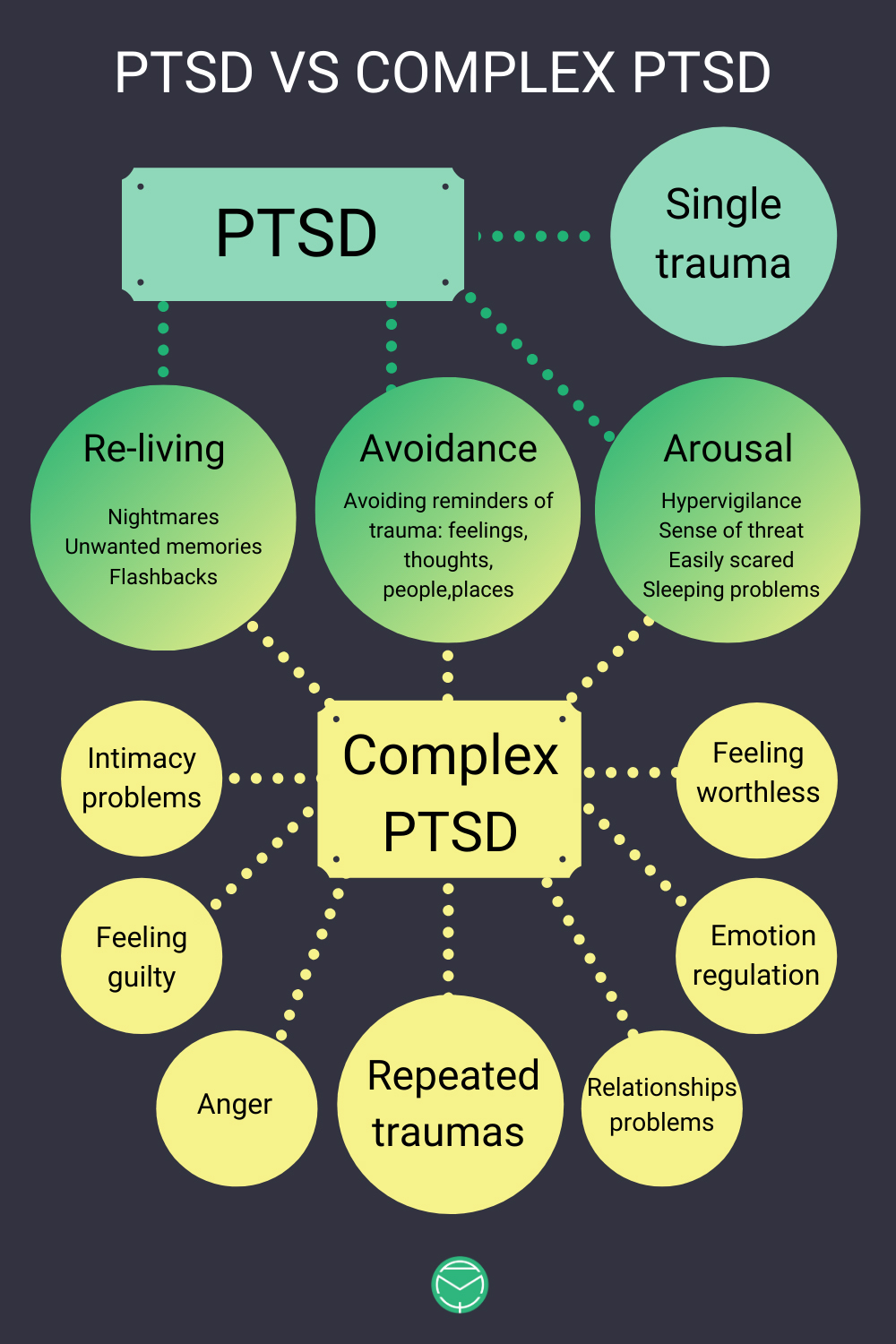What is the Autonomous Nervous System?
The autonomous nervous system consists of the sympathetic and parasympathetic nervous system, controlling every body function that occurs without us consciously thinking about it, including:
- Mood
- Breathing
- Blood pressure
- Body temperature
The sympathetic nervous system is activated in response to a threat, danger or stressful situations. It triggers the fight or flight stress response, increasing the release of stress hormones and speeding up body functions to help protect us, for example, making us run from a lion.
The parasympathetic nervous system counterbalances the sympathetic nervous system by exerting a relaxing effect on the body. It is managed mainly by the vagus nerve – the longest nerve in the body – running from our brain down through our eyes, ears, vocal cords and down to all our major organs, including the heart, lungs, liver, kidneys and gut. The vagus nerve has two branches: the dorsal vagus nerve and the ventral vagus nerve. The dorsal vagus nerve takes over by shutting the body down when we feel overwhelmed, stressed or threatened and reactions like fight, flight or freeze are not an option. (Heart rate slows down, blood pressure drops, and breathing becomes shallow, redirecting blood and oxygen away from our extremities and towards our vital organs, meant to help us conserve energy so that we can survive a stressful situation.) It also suppresses the immune system and when chronic, can lead to anxiety, depression and other mental health problems. The ventral vagal nerve on the other hand is responsible for our body to relax, to digest and absorb nutrients from food, and to heal, regenerate and become stronger. It is also the state for social interaction and being in relation. When we are in a ventral vagal state, we feel safe and connected.
What Can Damage the Vagus Nerve?
The following factors can lower vagus nerve function and cause the sympathetic nervous system to remain active for extended periods of time and become dominant:
- Poor diet high in processed foods
- Lack of sleep
- Over-stimulation from screens
- Health and financial concerns
- Being constantly on the go with no time to rest
Sympathetic Dominance Symptoms
Low vagal tone and sympathetic dominance suppresses our immune system. It negatively affects our health and can contribute to and cause numerous symptoms and conditions, including:
- Muscle tension, especially around the neck and shoulders
- Increased pain & inflammation
- Increased heart rate
- Chronic fatigue
- Elevated blood sugar & blood pressure
- Impaired digestion and digestive issues like nausea & bloating, gas, diarrhea and constipation
- Poor sleep and insomnia
- Fibromyalgia
- Weight gain
- Increased anxiety, stress and depression
- Headaches, migraines & dizziness etc.
- Frequent infections
- Increased irritability
- Difficulty focusing and remembering things
- Unable to think rationally
- Impaired mood
- Cardiovascular problems
- Hormone imbalances
- Autoimmune conditions
What is the Vagal Brake?
The vagal brake is the heart’s natural pacemaker. In the face of regulation and calm, the vagal brake engages and the heart beats between 60-80 bpm. In the face of dis-regulation and stress, the vagal brake releases and the heart rate accelerates beyond 80 bpm. Without a vagal brake, the heart would beat so rapidly that the body would eventually grow exhausted and collapse.
The Vagal Brake Metaphor: Bicycle Brakes
Dr. Stephen Porges, the scientist responsible for much of the research on the polyvagal system, compares the functioning of the vagal brake to a bicycle’s brakes. When the vagal brake is strong, it can be used as a tool to regulate sensation and emotion. In this example, the bike’s brakes engage smoothly and easily to regulate speed. When the vagal brake is undeveloped or weakened, sensations arise unexpectedly and emotions appear quickly. In this example, the bike’s brakes have been disconnected. Without brakes, the bike’s speed is totally dependent on the surface. If the bike is on a hill, it rolls out of control, until the surface plateaus. For most people, the vagal brake is an unrecognized part of their physiology, and an unused tool in the emotional regulation toolkit. For most people, emotions and sensations swing wildly when stress and dis-regulation strike.
Why is the Vagal Brake Important?
If our vagal brake is strong, we can use it as a resource to regulate in times of stress. We can choose how much energy to bring into our body and nervous system, and how much energy to expel. A strong vagal brake adds resiliency to our daily rhythm and is essential for physical and mental health and eases symptoms for a range of chronic illnesses. Use, or disuse, of the vagal brake directly impacts physical health and emotional well being. When a body is so accustomed to continuous influx of stress and stimulation (vagal brake is off), it feels unsafe and ill. The most important benefits of a strong vagal brake are:
1.Improved Capacity for Stress
When the vagal brake is strong, our relationship with other people changes. Everyday stressors, like those in the workplace, at school or at home, feel easier to manage. A delay on the way to work doesn’t disrupt the flow of your day; it’s simply a part of the day. A forgotten lunch doesn’t trigger a story about the person who did the forgetting; it’s simply a forgotten lunch. In general, a strong vagal brake makes for greater empathy and compassion for the self and others. When stress arises, you’ll know how to engage the vagal brake to return to regulation.
2. Greater Feelings of Safety
When the vagal brake is strong, the heart beats at a steady and regulated pace. A predictable heart rate means daily events feel less threatening. When the heart rate increases unpredictably, daily events feel overwhelming. A strong vagal brake allows you to sense cues of safety and danger more clearly; people and events are less likely to trigger emotional and physical responses. What might have triggered a ‘threat’ response in the past is tempered, and a sense of safety is quickly restored.
3. Renewed Access to Empathy
For many people, the capacity for empathy has been dampened by frequent stress and being overwhelmed. When the vagal brake is strong, we can respond to one another’s needs as they arise. We are less reactive and defensive. We reunite as humans. We can extend one another greater compassion and kindness from a place of calm. It is from this place that great change can happen, both personally and globally.
The Healing Power of the Vagus Nerve
There are simple things we can do to stimulate the vagus nerve, switch off the sympathetic nervous system and activate our parasympathetic nervous system. Improving vagus nerve tone and parasympathetic nervous system activation calms the whole body and has been shown to improve physical and mental health and ease symptoms for a range of chronic conditions, such as:
- Reducing pain and inflammation
- Improving sleep
- Improving digestion and absorption of nutrients from our food, helping to ease digestive complaints like nausea, gas and bloating
- Reducing fatigue and boosting energy
- Reducing heart and breathing rates
- Controlling blood sugar and blood pressure
- Increasing calmness and relaxation to help ease anxiety, stress and depression
- Boosting our immune system
- Improving concentration, alertness and memory
Easy Exercises that Stimulate the Vagus Nerve
Improving vagal tone and parasympathetic nervous system activation can be naturally stimulated quickly and easily on your own.
Practicing the Vagal Brake
This exercise helps you strengthen the connection between breath and stress and serves as a tool for regulation: Imagine a time of minimal, manageable stress. Picture that moment, and allow yourself to feel the sensations related to stress in your physical form. Notice the sensations and the emotions. Then, bring attention to your breath. Notice the depth and quality of the breath. Next, mindfully extend the breath. Imagine that you are bringing energy into the body on each inhale, and removing energy from the body on each exhale.
If you wish, and if it is helpful, imagine being on a bike at the top of a small hill. Your fingers are on the bike’s brakes. When you release the brake every so slightly, you allow the bike wheel to roll. You control the speed of the bike. When you press the brake slightly, you slow the bike down. You control the speed of the bike. Imagine your nervous system is the bike wheel. Imagine the brakes are your vagal brake. With each breath, you bring energy into the nervous system, providing yourself with new, fresh energy. With each exhale, you take energy out of the nervous system, removing old, stale energy.
Gargling
Gargling activates the muscles at the back of the throat, which the vagus nerve runs through. Gargling to the point where your eyes tear up is optimal for activating the vagus nerve. Warm salt water helps to kill bacteria at the back of the throat.
Humming/Singing
Humming, singing or chanting activates the vocal cords, which the vagus nerve passes through. The stimulation of the vagus nerve has been shown to increase heart rate variability.
Slow, Deep Diaphragmatic Breathing
As we breathe, inhaling stimulates the sympathetic nervous system, our stress response, while exhaling increases parasympathetic nervous system activation, our relaxation response. To activate the vagus nerve and increase the amount of oxygen taken in and transported around the body, breathing should be:
- Slow, ideally taking 6 breaths per minute
- Effortless
- Performed using the diaphragmatic (belly breathing)
- In and out through the nose
- Exhale twice as long as inhale
By practicing the vagal brake, you strengthen the connection between breath and stress. The vagal brake becomes a tool for regulation in times of need. Breathing exercises are also one of the best vagus nerve exercises for digestion. Performing slow, deep breathing for one minute before eating activates the parasympathetic nervous system, to increase digestive enzyme production, which optimizes digestion and the amount of nutrients we absorb from the foods we consume.
Touch Your Lips
Lips have parasympathetic fibers spread throughout them. Running your fingers gently over your lips can stimulate them.
Half Salamander Exercise
The Half Salamander Exercise is a quick and easy exercise from Stanley Rosenberg’s book “Accessing The Healing Power Of The Vagus Nerve” that instantly activates the vagus nerve and our parasympathetic nervous system as well as:
- Increasing upper back thoracic mobility
- Reducing forward head posture by bringing the head into better alignment with the spine
- Increasing breathing capacity to help ease anxiety and stress
To perform:
- Sit in a comfortable upright position
- While keeping your head facing forwards, bring your right ear towards your right shoulder and look with your eyes to the left
- Hold this position until you yawn, swallow or sigh.
- Then repeat on the opposite side. Keeping your head facing forwards, bring your left ear towards your left shoulder and look with your eyes to the right. Hold position again until you yawn, swallow or sigh.
The Basic Exercise
The Basic Exercise is another simple exercise by Stanley Rosenberg which combines upper back mobility and using our peripheral vision to instantly activate the vagus nerve and parasympathetic nervous system. The Basic Exercise can be performed laying down or in a seated upright position.
- Interlock your fingers and place your hands against the back of your head.
- While keeping your head facing forwards, look with your eyes to the left.
- Hold this position until you yawn, swallow or sigh.
- Then while still keeping your head facing forwards, look with your eyes to the right. Again hold this position until you yawn, swallow or sigh.
Yoga
Yoga stimulates the vagus nerve and increases parasympathetic nervous system activation, which has been shown to have the following benefits:
- Lowers heart rates
- Reduces pain
- Relieves depression and anxiety
- Improves sleep quality
Cold Exposure
As our body adjusts to cold temperatures, the vagus nerve is activated to reduce our sympathetic stress response and increase our parasympathetic rest and relaxation state. In addition to strengthening the vagus nerve, it has the additional benefits of:
- Increasing lymph flow, which removes toxins, bacteria, viruses and other waste products from the body
- Causing the heart to pump more efficiently to increase blood flow and deliver more oxygen and nutrients to the whole body
- Increasing energy levels
- Speeding up our metabolism, which boosts the immune system and the production of white blood cells to help fight infection and illness
Exposure to the cold can be achieved with:
- Cold showers
- Drinking cold water
- Icing the vagus nerve by placing an ice pack on your forehead or side of the neck
- Splashing your face with cold water
- Sucking on an ice cube
- Eating popsicles/ice lollies
Prayer & Meditation
Prayer and meditation (even for just 2-3 minutes) has been shown to ease anxiety and stress and increase relaxation.
Acupressure & Acupuncture
Acupressure and acupuncture stimulate the vagus nerve and increase heart rate variability, while also reducing inflammation, improving digestion, while easing nausea and vomiting. There are 3 pressure points that stimulate the vagus nerve specifically:
- Concha cymba – in the cavity above the ear canal.
- Stomach 36 – 3 finger widths down from your wrist in between the 2 large tendons.
- Nei Guan P6 – 4 finger widths down from the bottom of your kneecap on the outside of your shin.
You can stimulate these vagus nerve acupressure points yourself quickly and easily at home by applying firm but not painful downward pressure on them with your thumb or finger in a circular motion for 1-2 minutes on each one.
Massage
Massage has been shown to stimulate the vagus nerve and increase parasympathetic nervous system activation. It has been shown to provide the following benefits for range of conditions, including fibromyalgia, multiple sclerosis, arthritis and autoimmune conditions:
- Reduced pain and muscle tension
- Improved function
- Reduced anxiety, depression and stress
- Lowered blood pressure
- Improved sleep
- Boosts the immune system
For a vagus nerve massage, massage the feet and carotid sinus’, on the side of the neck.
Omega 3 Fats
Omega 3 fats stimulate the vagus nerve and have been shown to reduce resting heart rates and increase heart rate variability. Omega 3 anti-inflammatory fats can be found in:
- Oily fish (salmon, mackerel, sardines)
- Flaxseeds, use sprouted for added benefits
- Chia seeds
- Hemp seeds
- Walnuts, consume activated ones for added benefits
High Fiber Diet
Eating foods high in fiber – fruits, vegetables, beans & legumes, nuts, seeds, whole grains, herbs & spices – is essential for regular bowel movements. The removal of digested food and toxins in stools prevents bad bacteria and other pathogens in the gut from thriving and impairing vagus nerve activation. Fiber has the additional benefit of feeding the good bacteria in the gut, which reduces inflammation and increases vagus nerve and parasympathetic nervous system activation. As each different food feeds a different type of good bacteria in the gut, eating a variety of plants is recommended to optimize gut health. Eating seasonally is one way of reaching this target.
Probiotics
The vagus nerve innervates the gut. Probiotics and fermented foods increase the good bacteria in the gut, which activates the vagus nerve. 90% of the nerves from the gut connect to the brain via the vagus nerve. The increase in good bacteria in the gut has been shown to reduce anxiety, stress and depression.
Fermented foods include Sauerkraut, Kimchi, Water Kefir.









